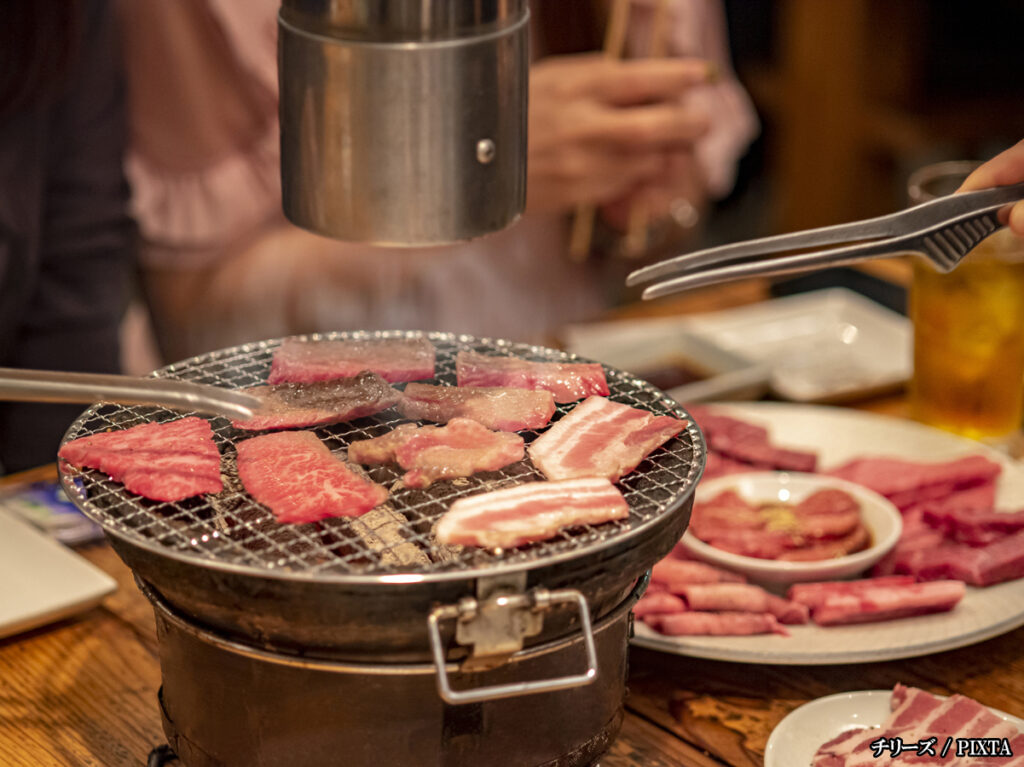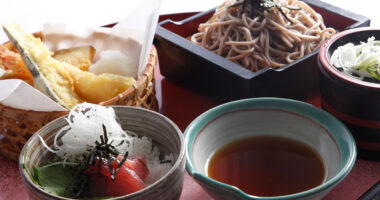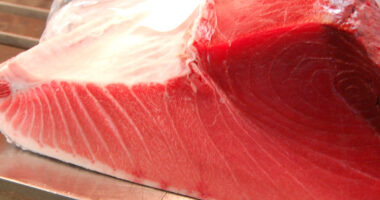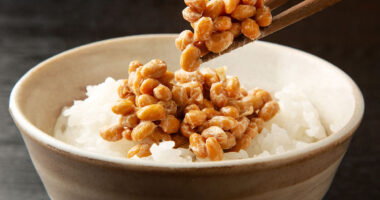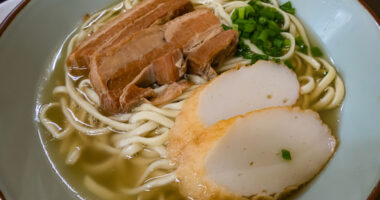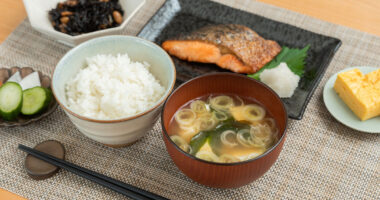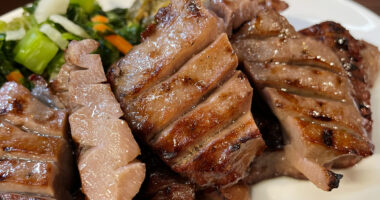Stepping into a yakiniku restaurant in Japan is a feast for the senses: the sizzle of meat on the grill, the savory aroma of marinades, and the lively hum of conversation. Yakiniku, or Japanese BBQ, is a popular social dining style where diners cook various cuts of meat and vegetables over a shared tabletop grill.
For first-time visitors, the unfamiliar menu and unspoken grilling etiquette can feel daunting. But with a few tips, you’ll be ordering, cooking, and eating with confidence. This guide walks you through the basics so you can relax and enjoy the full yakiniku experience.
How to order and understand the menu
Yakiniku menus can be extensive, with a wide range of meats, organ cuts, and side dishes. Here’s how to navigate them.
Meat categories
Most menus are organized by meat type—mainly beef, but often with pork, chicken, and sometimes seafood as well.
- Beef cuts:
Common options include karubi, Japan’s version of Korean kalbi or galbi (short rib, often marbled), rōsu loin—including sāroin (surloin)— harami (tender skirt steak), and tan (beef tongue, typically served with salt and lemon). - Horumon (internal organs):
For the adventurous, the horumon section features organ meats like rebā (liver), hachi-no-su (honeycomb tripe), and tecchan (large intestine), each with distinct textures and flavors.
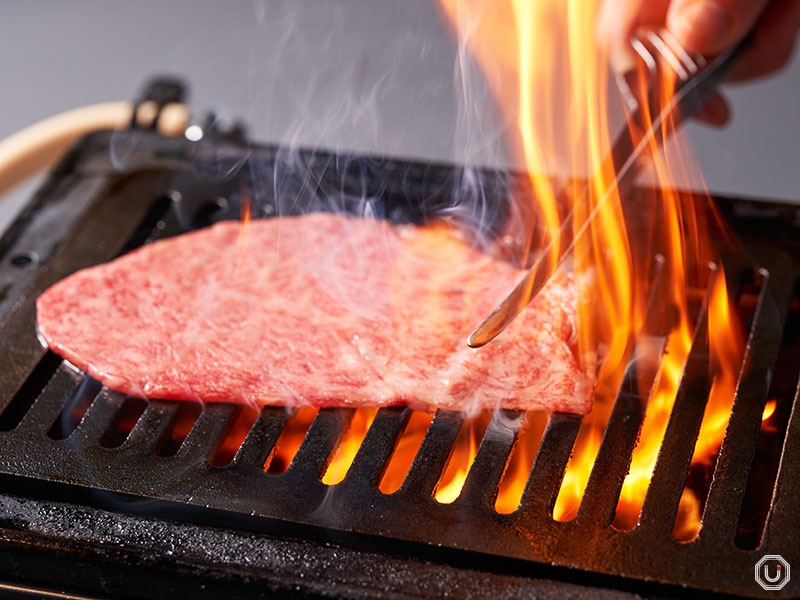
Miyazaki Prefecture Miyazaki Beef Sirloin YAKISUKI at YAKINIKU MARUUSHI GINZA HONTEN
Side dishes
- Gohan: Plain white rice to balance the richness of the meat.
- Kimchi: Spicy fermented cabbage, a Korean staple.
- Namul: Korean style seasoned vegetable sides.
- Salads: Light palate cleansers.
- Soups: Like wakame (seaweed) soup or egg soup.
Marinades/seasonings
Meats are usually seasoned with either tare (a sweet-savory soy-based sauce) or shio (salt). Tare adds a rich glaze, while shio brings out the meat’s natural flavor.
Set menus vs. à la carte
Set menus, usually moriawase (assorted cuts), are a good choice for first-timers or groups, with a balanced mix of popular cuts that removes the guesswork. A la carte lets you choose specific favorites.
Drinks
Beer, sake, umeshu (plum wine), and soft drinks are standard on the often extensive drink menus. Nama bīru (draft beer) is also a go-to pairing.
English menus/pictures
At many tourist-friendly spots, menus include English or photos to make ordering easier. Don’t hesitate to point, as staff are usually happy to help.
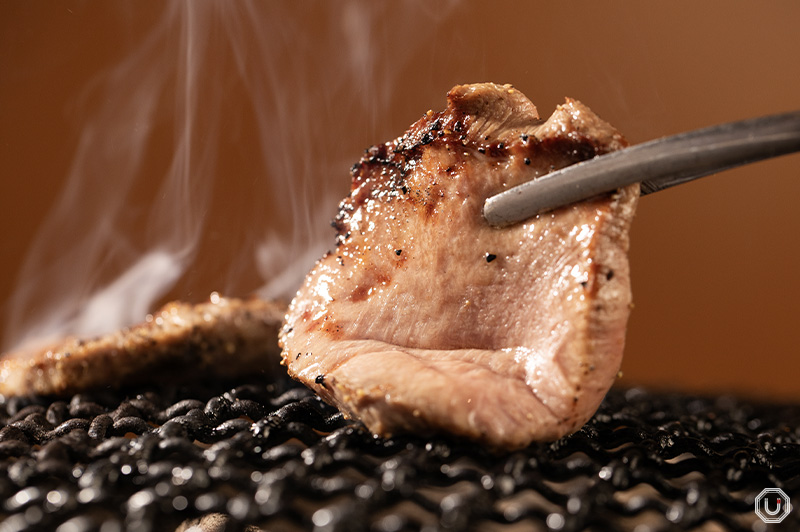
Premium Salted Beef Tongue at Hontosaya
Grilling etiquette: shared grill do’s and don’ts
The grill is the centerpiece of any yakiniku meal, and following a few simple rules helps keep things smooth and enjoyable for everyone at the table.
- Do use separate tongs:
Most restaurants provide two sets: one for handling raw meat (often marked with a different color or shape) and one for taking cooked meat. Always use the correct pair to avoid cross-contamination. You can also use your chopsticks for cooked meat if you’re careful. - Don’t leave meat unattended:
Yakiniku cooks quickly. Avoid burning by watching the grill and removing pieces as soon as they’re done. - Do adjust ventilation:
Many tables have movable vents above the grill. Lower it if needed to keep the smoke under control. - Do be cautious with fatty cuts:
When grilling marbled meats, fat can drip and cause sudden flare-ups. Keep your hands and sleeves clear of the grill surface.
What to eat first and how to pair with sauces and rice
Eating order
There’s no strict order to follow, but starting light and building toward richer flavors can often enhance your meal.
- Start with lighter cuts/salted meats:
Begin with lightly seasoned cuts like tan (tongue) or rosu (loin), which cook fast and have a mild flavor that eases you into the meal. - Move to tare-marinated meats:
Follow with richer, sauce-marinated cuts like karubi or harami. Tare sauce caramelizes as it cooks, creating a rich, slightly sweet coating. - Then offal (if desired):
If you’re sampling horumon, these are typically eaten later. Their strong flavors and chewy textures stand out best once your palate is warmed up.
Pairing with sauces
- Tare: A classic sweet-savory dipping sauce that complements most meats.
- Lemon juice: Commonly served with tan, a squeeze of acidic lemon brightens the flavor and cuts through the richness.
- Shio-dare: A salt-based sauce, often with sesame oil and garlic—great for salted cuts.
- Garlic and chili paste: Some places offer minced garlic or gochujang (Korean chili paste) to mix into your tare for extra punch.
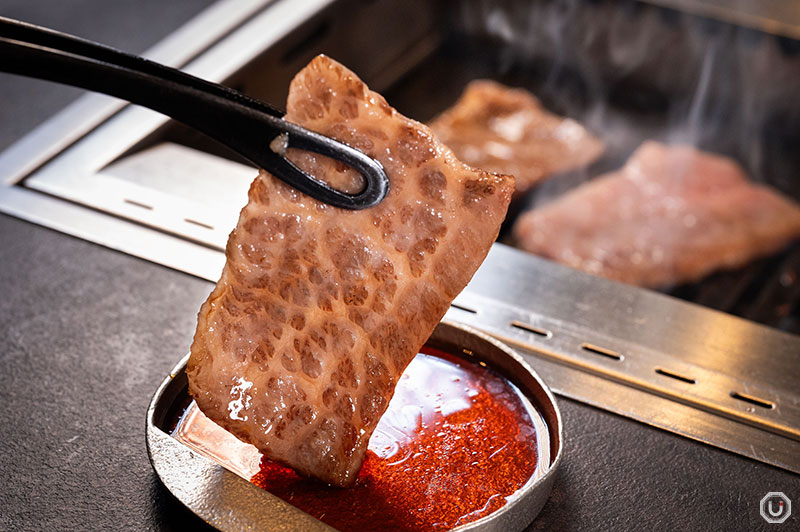
Kuroge Wagyu Karubi at Yakiniku Inoue Ginza
How to pair with rice
Rice is meant to be eaten alongside the meat rather than as a standalone side, helping to balance the rich flavors and add substance to the meal. Many people place grilled slices directly on top so the juices soak into the rice.
Dining with locals: group culture tips
Yakiniku is as much about the atmosphere as the food. Understanding a few social norms will help you enjoy the experience more fully, especially when dining with locals.
- Sharing is caring:
Meats, side dishes, and drinks are typically shared. Expect a communal style of eating. - Offer to cook/serve:
It’s polite to grill for others or place cooked meat on their plates using clean tongs. - Don’t hog the grill:
Be mindful and share the space so everyone can cook their meat without waiting too long. - Pace yourself:
Yakiniku isn’t meant to be rushed. Enjoy the conversation and the rhythm of cooking and eating together..
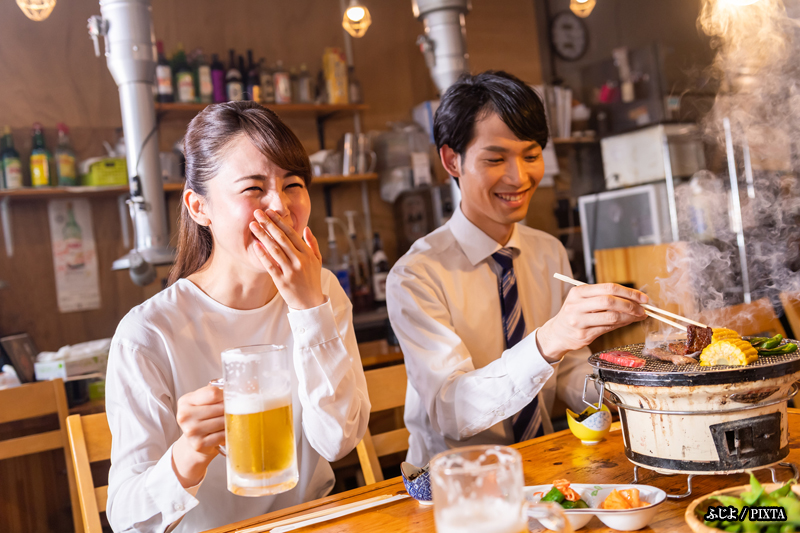
Photo for illustrative purposes
Final thought: enjoy yakiniku without the stress
Yakiniku blends great food with a fun, interactive dining style that’s well worth trying in Japan. While the etiquette may seem complex at first, it mostly comes down to common sense and being considerate of others at the table. Once you get the hang of the menu, the grill, and the flow of the meal, yakiniku becomes less intimidating and more enjoyable. Cook at your own pace, share the experience, and focus on good food and good company.
